Support
The panels of both pictures are made of horizontally joined boards of limewood (?). For NG6511.1 nine boards were used and for NG 6511.2 ten (see diagram online). Each of the joins in the panels was aligned with two butterfly keys set into the fronts of the panels before they were painted, located about 7.5 cm in from the left and right edges
Ground and Imprimatura
The ground is chalk, confirmed by X-ray diffraction. Although not visible in the X-ray images, fibres could be seen in the ground in several samples and these seem to be sandwiched between two layers. The ground has been covered with a thin off-white or pale pinkish priming layer consisting of lead white and a little red lead.
Underdrawing
There is a free, linear underdrawing in a liquid medium, visible in infrared images of both panels. The presence of black backgrounds, other areas of black paint and of gold leaf means that not all of the underdrawing can be seen by infrared reflectography, but enough is made visible to give a good overall impression. The drawing consists of simple outlines and appears to be freehand, although the heads at least are probably based on the copying by eye of pattern drawings. There are many small changes between the underdrawing and the finished paintings.
In Saint Genevieve’s face (NG 6511.1) the eyes are painted slightly lower than where they were underdrawn. The nose that was drawn was rounder, and the ear higher and wider than that finally painted. The eyebrows are indicated with a series of short parallel dashes. The edge of the hair and parting are drawn, and the plait is indicated very freely by a series of interlocking arcs. Similar lines are drawn under the paint of the puff of the sleeve at the shoulder and might indicate that her plait was planned to lie on her shoulder. Both hands were also underdrawn: the fingers of the hand at the top of the candle were painted higher than they were drawn. The outlining of the face of Saint Apollonia has a sketchy quality, and the lines around the eyes and nose are broken, as is the line round the profile. The chin was painted in a lower position than it was drawn. There are some random curving lines to indicate the hair. Slight changes are visible in the position of the arms and the fingers have been moved. The skirt was drawn wider so that it touched the trailing skirt of Saint Genevieve. There are other lines visible at the bottom of the skirt which extend into the foreground. They have the same texture and quality as the rest of the drawing but their purpose is unclear.
Saint Christina’s eyes (in NG6511.2) are drawn looking to the right, not directly at the viewer as painted. A large ear was drawn under the hair, but it was not painted. A line across the left hand at the position of the knuckles could either be an indication of the anatomy, or the position for the cuff of an inner sleeve that was not painted. There are small adjustments to the position of Saint Ottilia’s right eye, which was painted lower than it was drawn. There are parallel curved lines below the lower eyelids in the areas painted as shadow. The outlines of the saint’s veil are underdrawn and this guide was followed in painting. The folds of the headdress over her shoulder are sketched with considerable freedom, which was not always followed at the painting stage.
Paint Layers and Gilding
The swags at the top of each panel; Saint Genevieve’s bodice, jewellery and the bands of brocade on her skirt; Saint Apollonia’s necklace; Christina’s robe; and Ottilia’s book are all mordant-gilded. The adhesive (mordant) for the gold leaf is brownish-yellow in colour and consists mainly of yellow earth, with a little lead white, red earth and verdigris. When this last pigment is found in mordants it is usually considered to be present as a drier, which implies an oil-based binder, although this has not been confirmed by analysis. The swags are modelled with black lines and a more translucent brownish paint. Similarly, on the gilded garments a translucent warm brown has been used to model the forms, for example the shadows under Christina’s arms and the folds in her skirt. This is in addition to the pattern on her robe in red lake and what appears to be black but is in fact darkened copper containing green. In contrast, the pattern on her bodice is intended to be black.
There is no medium analysis.
In the black background paint some verdigris has been mixed with the black pigment, probably as a dryer. The same mixture was used for the black pattern on Apollonia’s collar, applied on a pale orange layer composed of lead-tin yellow and red lead. In cross-section, this base colour is more strongly orange at the bottom of the layer and paler nearer the surface, suggesting that there may have been some lightening of the red lead pigment, and that the scarf may originally have been deeper in colour. The paint of her red dress is based on vermilion and red lake, mixed with some black in addition in the shadows. Genevieve’s candle and the haloes of all the saints are painted in lead-tin yellow.
Red lake was used for the ribbons on Genevieve’s sleeves. The deep velvety purple of her underskirt is created with a base layer of black (again containing some verdigris as a drier), on to which deeper or lighter translucent pink mixtures of red lake mixed with varying amounts of lead white have been applied. Her bright green skirt is based on verdigris mixed with varying amounts of lead-tin yellow, as is the green of the grass in the foreground.
[Susan Foister, 'Lucas Cranach the Elder and workshop, Saints Genevieve and Apollonia and Saints Christina and Ottilia (The St Catherine Altarpiece: Reverses of Shutters)' published online 2015, from 'The German Paintings before 1800', London: forthcoming.
www.nationalgallery.org.uk/paintings/research/lucas-cranach-the-elder-and-workshop-saints-genevieve-and-apollonia-christina-and-ottilia]
![Altarpiece with the Martyrdom of St Catherine: Saints Christina and Ottilia [right wing, verso]](https://lucascranach.org/imageserver-2022/UK_NGL_6511-2_FR015/01_Overall/UK_NGL_6511-2_FR015_2005-10_Overall-s.jpg)
![Altarpiece with the Martyrdom of St Catharine [central panel]](https://lucascranach.org/imageserver-2022/DE_SKD_GG1906A_FR014/01_Overall/DE_SKD_GG1906A_FR014_c1995_Overall-s.jpg)
![Altarpiece with the Martyrdom of St Catharine: St Barbara, St Ursula, St Margaret [right wing, recto]](https://lucascranach.org/imageserver-2022/DE_SKD_GG1906B_FR012/01_Overall/DE_SKD_GG1906B_FR012_c1995_Overall-s.jpg)
![Altarpiece with the Martyrdom of St Catharine: St Dorothea, St Agnes, St Kunigunde [left wing, recto]](https://lucascranach.org/imageserver-2022/DE_SKD_GG1906BB_FR013/01_Overall/DE_SKD_GG1906BB_FR013_c1995_Overall-s.jpg)
![Altarpiece with the Martyrdom of St Catherine: Saints Genevieve and Apollonia [left wing, verso]](https://lucascranach.org/imageserver-2022/UK_NGL_6511-1_FR015/01_Overall/UK_NGL_6511-1_FR015_2005-10_Overall-s.jpg)
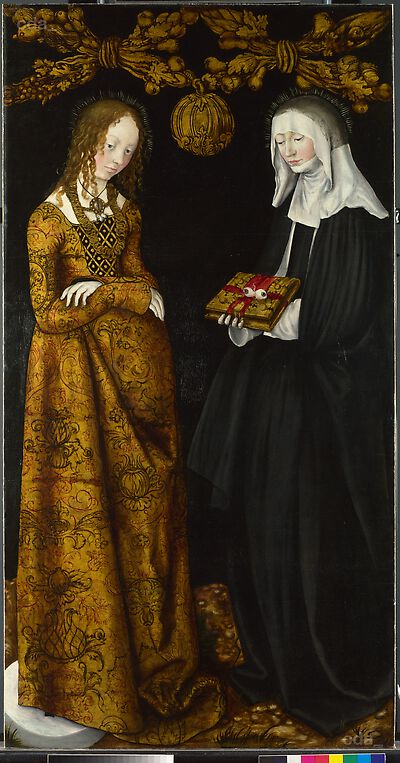
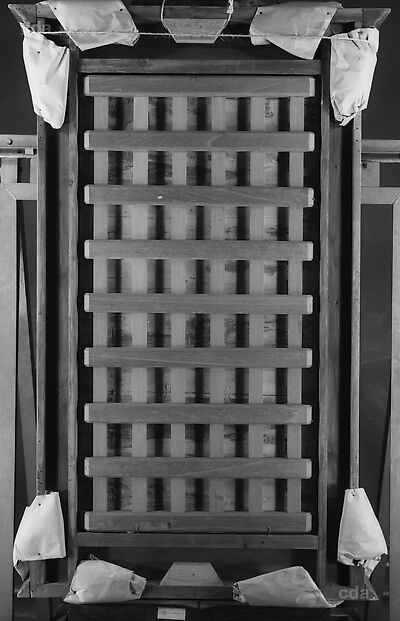
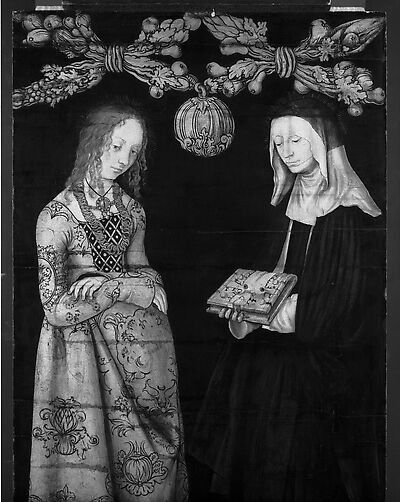
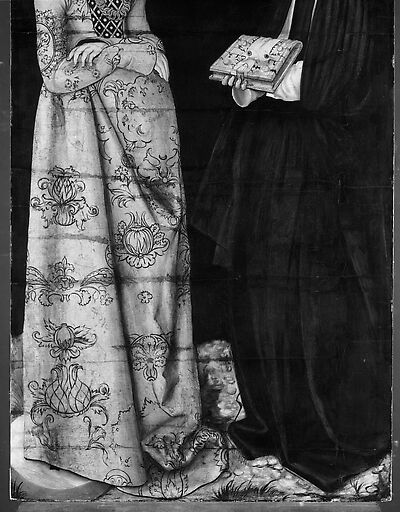
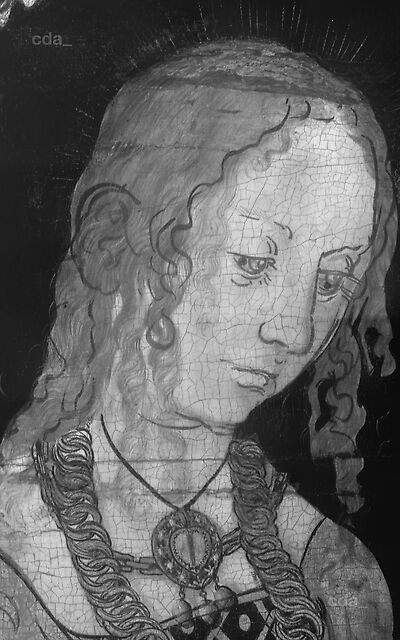
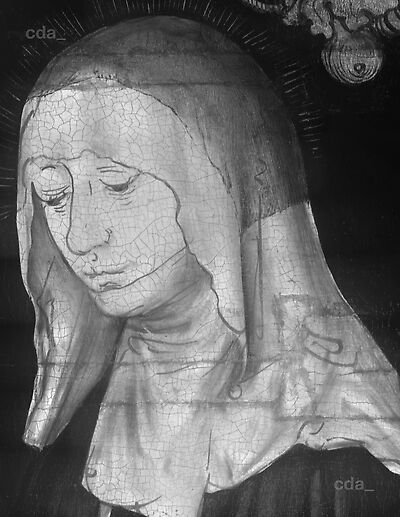
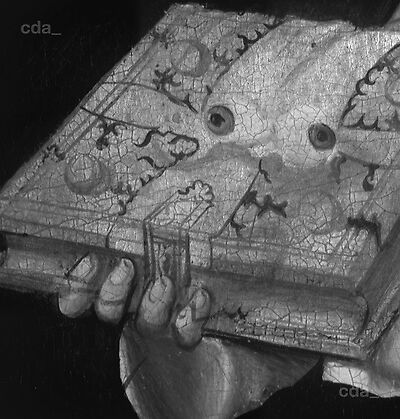
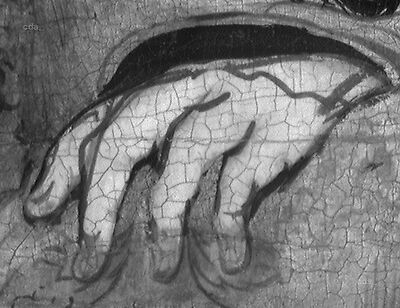
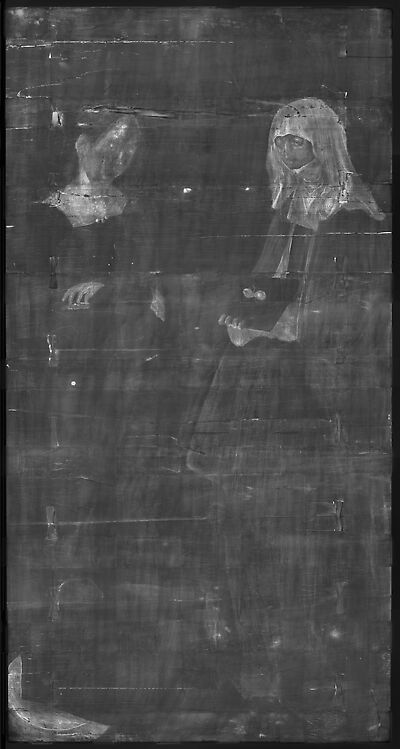
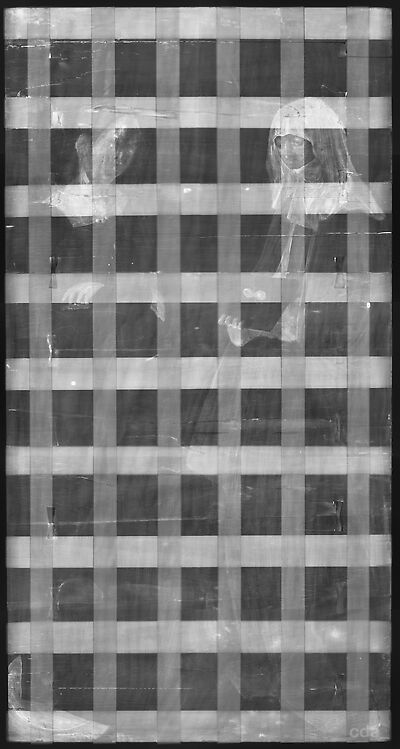




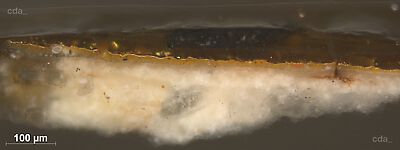
![Sts Christina and Ottilia [Copy of the retabel of St Catherine, exterior of right wing]](https://lucascranach.org/imageserver-2022/DE_KsDW_I-185_FR-none/01_Overall/DE_KsDW_I-185_FR-none_Overall-s.jpg)